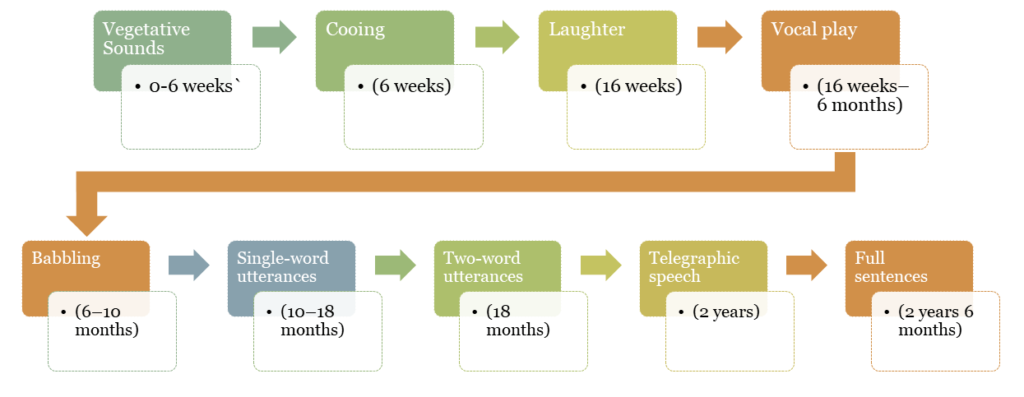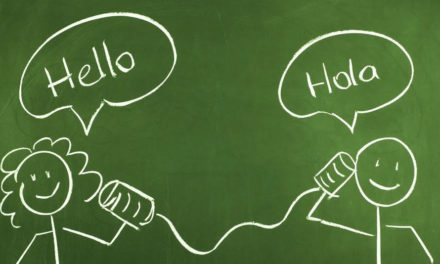“Rather than books and lectures, nature itself is children’s best teacher.” – Coffey
The Six Stages of Language Development in Children: A Comprehensive Guide

The stages of language development in children are an important area of study for linguists and child development experts alike.
While every child develops at their own pace, there are six general stages of language development that many children go through.
Why Continued Language Support Matters for School-Age Children
1. Pre-linguistic stage: This stage occurs from birth to approximately 12 months of age. During this stage, infants communicate through nonverbal means such as crying, facial expressions, and body language.
They also begin to make cooing and babbling sounds as they experiment with their vocal cords and develop the muscles required for speech.
At around 6 months of age, infants begin to recognize their own names and the names of familiar people and objects.
2. Holophrastic or one-word stage: This stage typically occurs between 12 and 18 months of age.
Children begin to use single words to convey entire ideas or concepts, such as “mama” or “dada.” They also begin to understand the meanings of many more words than they are able to say.
3. Two-word stage: This stage typically occurs between 18 and 24 months of age. Children begin to combine words to form simple sentences, such as “me go” or “more juice.”
At this stage, children are developing their understanding of basic grammar rules, such as subject-verb agreement.
4. Telegraphic stage: This stage typically occurs between 24 and 30 months of age. Children begin to use short, simple sentences that include only essential words, such as “doggie go outside.”
They may also begin to use pronouns and prepositions.
5. Language explosion stage: This stage typically occurs around age 3, when children begin to rapidly acquire new vocabulary and grammatical structures.
They become more adept at expressing complex ideas and emotions through language. At this stage, children may begin to ask questions and use language for problem-solving and negotiation.
6. School-age stage: This stage begins around age 5, when children begin to refine their language skills and learn more complex grammar rules.
They also begin to use language for academic purposes, such as reading and writing. At this stage, children are able to understand abstract concepts and use language to express their thoughts and ideas in a more sophisticated way.
Each stage builds on the previous one, and children develop their language skills through interactions with caregivers, exposure to language-rich environments, and their own natural curiosity and experimentation.
Understanding these stages can help parents, educators, and other caregivers support children’s language development and provide appropriate language stimulation at each stage.
It’s important to note that these stages are not set in stone and can overlap or vary depending on individual differences and environmental factors.
Additionally, children who are exposed to multiple languages may follow a different pattern of language development.
In conclusion, the stages of language development in children provide a framework for understanding how children acquire language and how caregivers can support their language development.
By providing a language-rich environment and encouraging children to experiment with language, caregivers can help children reach their full language potential.









